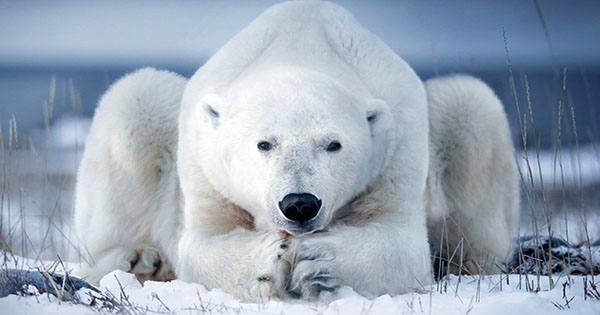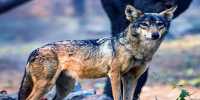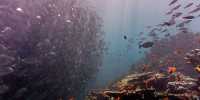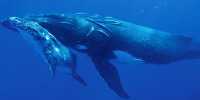The use of tools in the animal kingdom is considered a sign of intelligence, and since the polar bear (Ursus maritimus) sits in the Ursus family, a group of mammals demonstrate extensive hunting techniques; it is not out of the realm that they also know how to use their paws on a tool can be turned.
Nevertheless, the historical accounts of Inuit hunters of polar bears using rocks and icy rocks as a means of lowering walruses were largely ignored by researchers and scientists. Now, a new study has reviewed the historical and contemporary details of bears and balls in order to conclude from observation of captive animals that, yes, there are probably polar bears with walrus tied above the head with giant blocks of ice.
“It was my general observation that if an experienced Inuit hunter tells you that he has seen something, it is audible and very accurate,” said Ian Sterling, the first author of Polar Bear Biologist in a new study published in the Arctic Journal science news. Sterling believes that while academic literature is not yet complete, there are plenty of tips in favor of polar bears as a bright species of predator.
“We don’t know anything experimental or objective. However, we do have a lot of observational data that suggests polar bears are really smart. According to the paper, there have been several reports of polar bears using ice and rocks to kill walruses (Odobenus rosmarus) in the early 1700s from Greenland and the eastern Canadian Arctic. They should keep in mind, however, that these accounts, while consistent, probably contrast with the total lack of similar reports in other parts of the world where large numbers of walrus could be killed by boulder-protecting polar bears.
Therefore, the researchers wanted to try and confirm the accounts using more modern examples. By temporarily and geographically drawing a clear picture, they hoped to better ensure that the use of tools was entirely within the perception of the species, or that the polar bears of Greenland and the Canadian Arctic simply meant walrus individually. To do this, they reviewed contemporary accounts, including an Inuk hunter interview recorded by the team in 2011. The hunter found fresh tracks that showed that a bear had removed some salty berg ice and smoothed its edges before sitting next to it.















